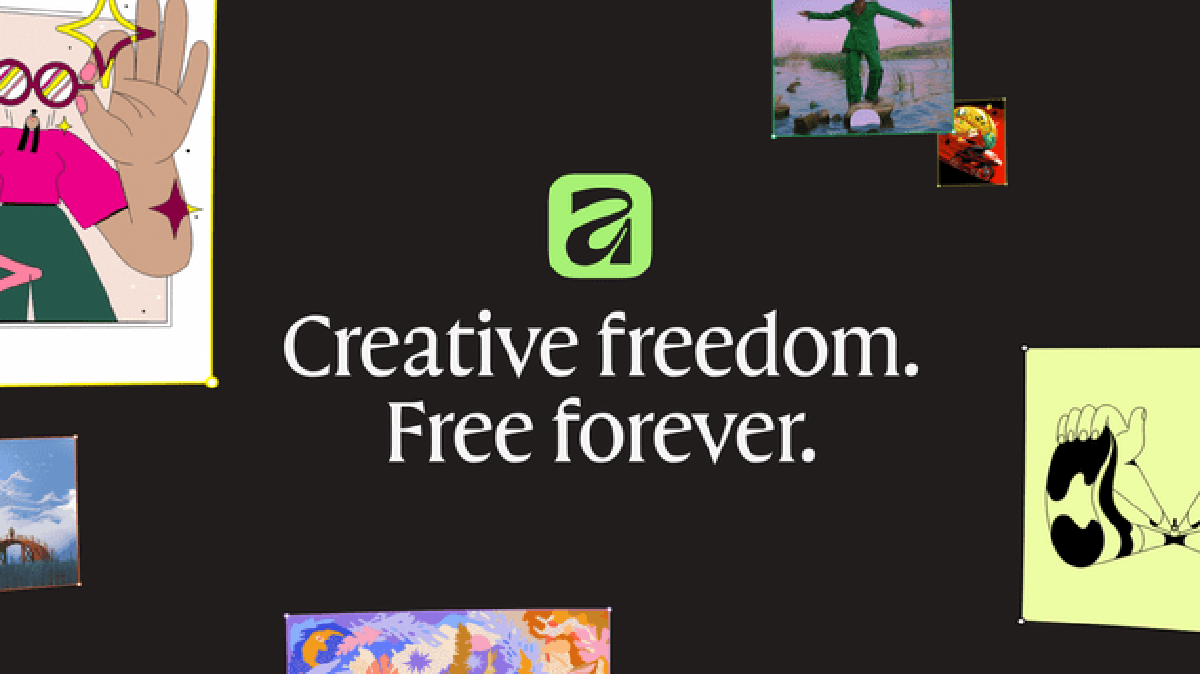Canva just announced the all-new Affinity, and it’s now completely free. Not a limited version. Not a trial. The entire professional design suite—photo editing, vector design, and page layout—available to anyone at no cost.
This matters because Affinity has been the closest thing to a legitimate Adobe alternative for professionals who didn’t want to pay monthly subscriptions. Photographers, graphic designers, and illustrators have used Affinity as a one-time purchase option that delivered professional results without recurring fees. Now Canva is removing the price barrier entirely.
Performance That Matters#
The new Affinity was rebuilt from the ground up with a focus on speed and responsiveness. Whether you’re working with complex vector paths or high-resolution images, the performance engine ensures everything stays smooth.
Professional Vector Tools#
Affinity’s vector design capabilities now rival—and in some cases exceed—what Adobe Illustrator offers. Real-time manipulation, precise control, and a unified workspace where design flows naturally.
Canva AI Integration#
Here’s where it gets interesting: Canva’s AI tools are now built directly into Affinity, bringing generative capabilities alongside traditional design tools.
The platform was rebuilt in collaboration with thousands of designers, focusing on reliability and creative freedom. It offers a unified workspace where you can design, edit, and publish without switching between applications—non-destructive photo editing and advanced layout tools for multi-page documents all in one place.
Here’s what makes this significant: Canva isn’t just offering free tools. They’re offering professional-grade tools that compete directly with Adobe’s ecosystem. For students learning design, freelancers starting out, or anyone who can’t justify Adobe’s subscription costs, this changes what’s accessible.
But there’s a broader question worth considering. Canva acquired Affinity in 2024, and making it free aligns with their strategy of becoming the everything platform for visual communication. Free Affinity brings more users into Canva’s ecosystem, where they might eventually adopt Canva’s other paid features or team plans.
That’s not criticism—it’s smart business. But it does mean we should watch how this evolves. Will Affinity remain fully featured and free long-term, or will certain capabilities gradually migrate to paid tiers? Canva’s track record suggests they’ll keep their commitments, but market pressures have a way of reshaping strategies.
For now, though, this is meaningful. Professional design tools are expensive, and that expense creates barriers. Canva removing those barriers—whether for strategic reasons or altruistic ones—expands who can participate in creative work. That’s worth acknowledging.


